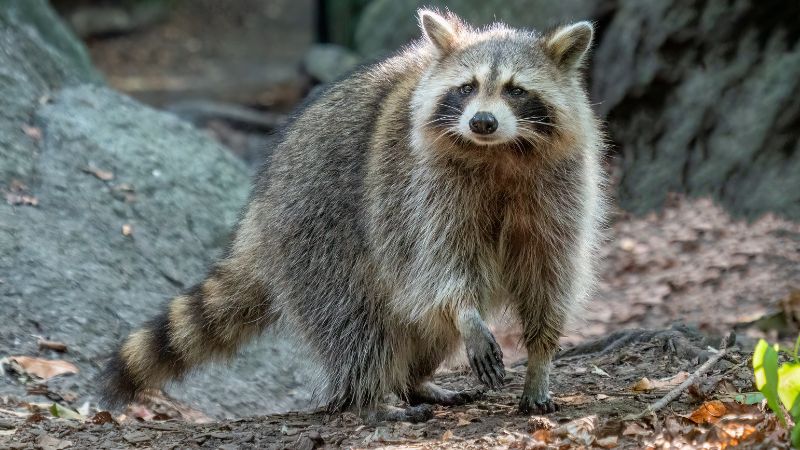Louisiana, often known for its vibrant culture, jazz music, and delicious cuisine, is also a haven for wildlife enthusiasts. The state’s diverse ecosystems, ranging from swamps and marshes to forests and coastal areas, make it a unique habitat for a wide variety of species. Whether you’re a local resident or planning a visit, there’s always something fascinating to discover in Louisiana’s natural world. Here, we delve into eight amazing wildlife species that call Louisiana home, highlighting the state’s rich biodiversity.
1. American Alligator
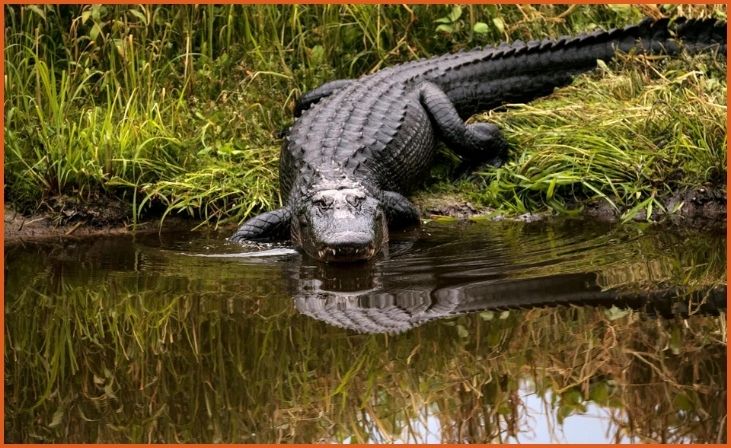
The American alligator is one of the most iconic wildlife species in Louisiana. Found primarily in the wetlands, bayous, and marshes, these powerful reptiles can grow up to 15 feet in length and weigh over 1,000 pounds. Their presence is vital to maintaining the ecological balance in these environments, as they control the populations of prey species like fish, turtles, and small mammals. Alligators have been a symbol of Louisiana’s wild side, attracting tourists who embark on swamp tours to see these ancient creatures up close. Despite their fearsome reputation, American alligators are generally not aggressive towards humans unless provoked.
2. Louisiana Black Bear

The Louisiana black bear is a subspecies of the American black bear and is recognized as the state mammal of Louisiana. These bears are typically found in the bottomland hardwood forests, swamps, and marshes of the state. They are omnivorous, feeding on a diet that includes fruits, nuts, insects, and small animals. Conservation efforts over the past few decades have helped to increase the population of the Louisiana black bear, which was once listed as a threatened species. These shy and reclusive animals are a symbol of the state’s commitment to wildlife conservation and habitat protection.
3. Bald Eagle

The majestic bald eagle, the national bird and symbol of the United States, is also a resident of Louisiana. These large birds of prey are often seen near the state’s rivers, lakes, and coastal areas, where they hunt for fish and other small animals. The bald eagle’s impressive wingspan, which can reach up to 7 feet, makes it an awe-inspiring sight in the wild. In recent years, conservation efforts have helped to increase the population of bald eagles in Louisiana, making them a more common sight. Observing these magnificent birds in their natural habitat is a highlight for birdwatchers and wildlife enthusiasts alike.
4. Nutria
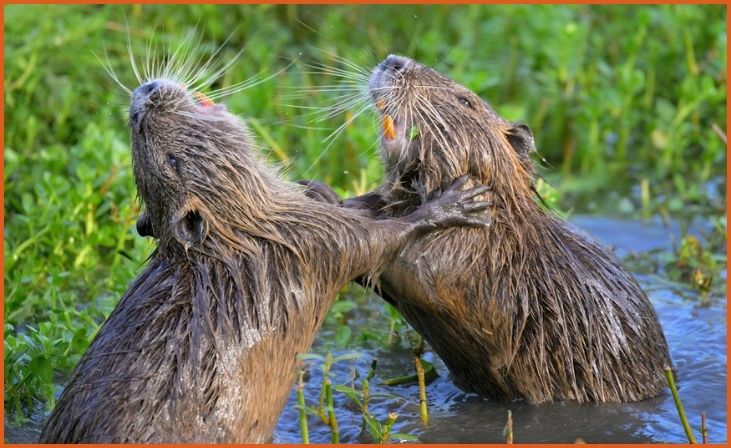
The nutria, also known as the coypu, is a large, semi-aquatic rodent that has become a common sight in Louisiana’s wetlands. Originally native to South America, nutrias were introduced to the United States in the early 20th century for the fur trade. However, they quickly adapted to the local environment and have since become an invasive species. Nutrias are known for their voracious appetites and can cause significant damage to wetland vegetation. Despite their impact on the ecosystem, nutrias have become an integral part of Louisiana’s wildlife, and efforts are ongoing to manage their population.
5. Red-cockaded Woodpecker
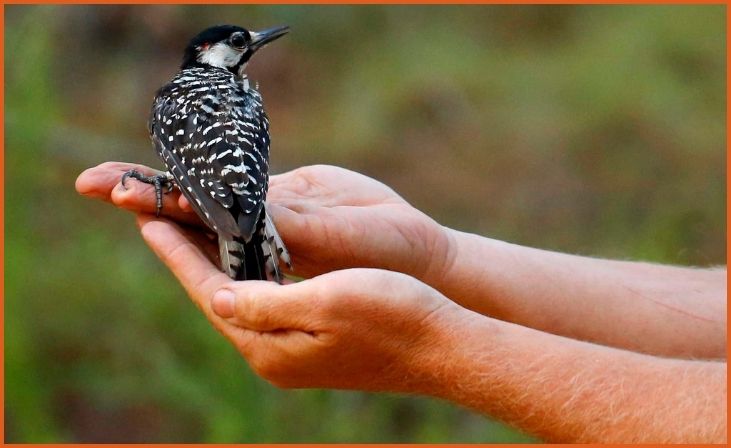
The red-cockaded woodpecker is a small, black-and-white bird that is native to the southeastern United States, including Louisiana. These birds are known for their unique nesting behavior, as they create cavities in live pine trees, which provide essential habitat for other species as well. The red-cockaded woodpecker is listed as an endangered species due to habitat loss and fragmentation. Conservation efforts in Louisiana have focused on preserving and restoring the longleaf pine forests that these woodpeckers call home. The presence of this bird is a sign of a healthy ecosystem, making it an important species for biodiversity in the region.
6. Eastern Diamondback Rattlesnake
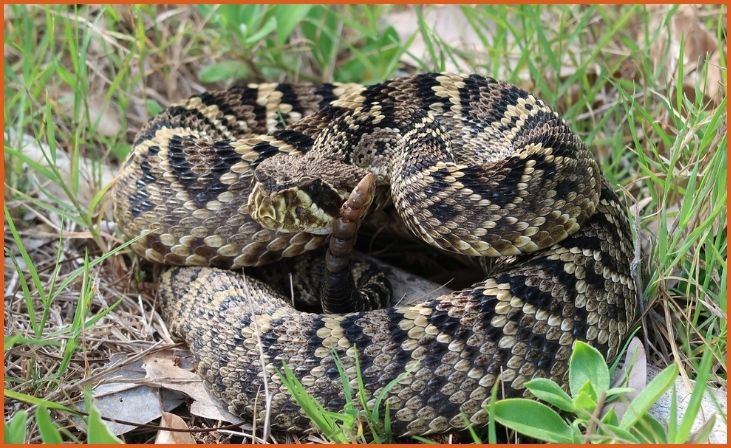
The Eastern diamondback rattlesnake is one of the most venomous snakes found in Louisiana. Recognizable by the distinctive diamond-shaped patterns on its back, this snake prefers the dry, sandy habitats of pine forests and coastal dunes. Despite its fearsome reputation, the Eastern diamondback is an important predator in the ecosystem, helping to control populations of small mammals. These snakes are generally shy and will avoid human contact when possible. Observing them from a distance can provide a thrilling experience for wildlife enthusiasts, but it’s essential to respect their space and recognize the important role they play in nature.
7. Louisiana Pine Snake
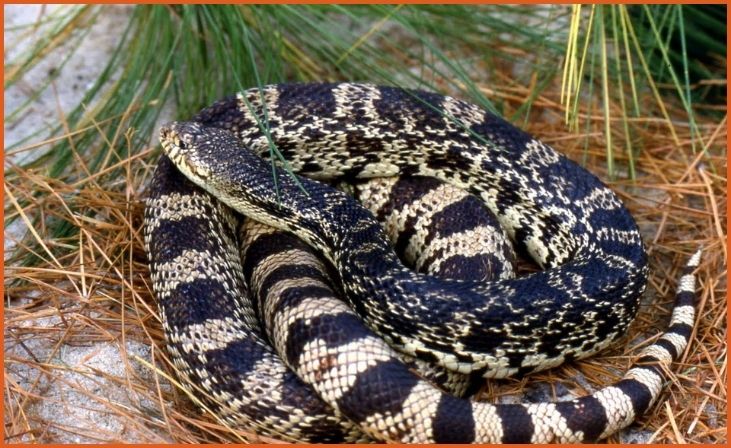
The Louisiana pine snake is a rare and elusive species native to the pine forests of central and western Louisiana. Known for its pale, yellowish-brown color with dark blotches, this snake is non-venomous and primarily feeds on small rodents. The Louisiana pine snake is considered one of the rarest snakes in North America, largely due to habitat loss and degradation. Conservation efforts are focused on protecting its natural habitat and increasing awareness about this unique species. Encountering a Louisiana pine snake in the wild is a rare and special experience, highlighting the state’s rich and diverse reptilian fauna.
8. Whooping Crane
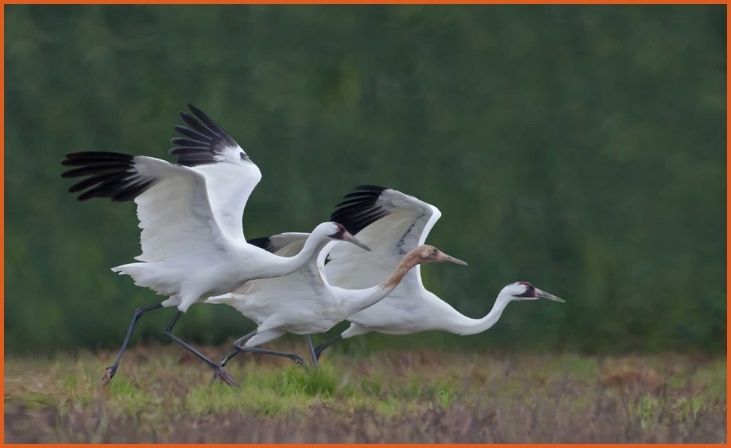
The whooping crane is one of the most endangered bird species in North America, and Louisiana is part of a critical effort to reintroduce these magnificent birds to the wild. Standing nearly five feet tall with a wingspan of seven feet, whooping cranes are easily recognizable by their white feathers and distinctive red crown. The wetlands and marshes of Louisiana provide essential habitat for these cranes, where they feed on a diet of insects, crustaceans, and small fish. Conservation programs have been working to increase the population of whooping cranes in the state, and their presence is a testament to the success of these efforts.
Conclusion
Louisiana’s unique landscapes and ecosystems provide a rich habitat for a diverse array of wildlife species. From the formidable American alligator to the rare Louisiana pine snake, each species plays a crucial role in maintaining the ecological balance. Conservation efforts continue to be vital for protecting these animals and ensuring that Louisiana remains a haven for wildlife enthusiasts and nature lovers. Exploring the state’s wild side offers a glimpse into the natural world, reminding us of the importance of preserving these incredible creatures for future generations.

